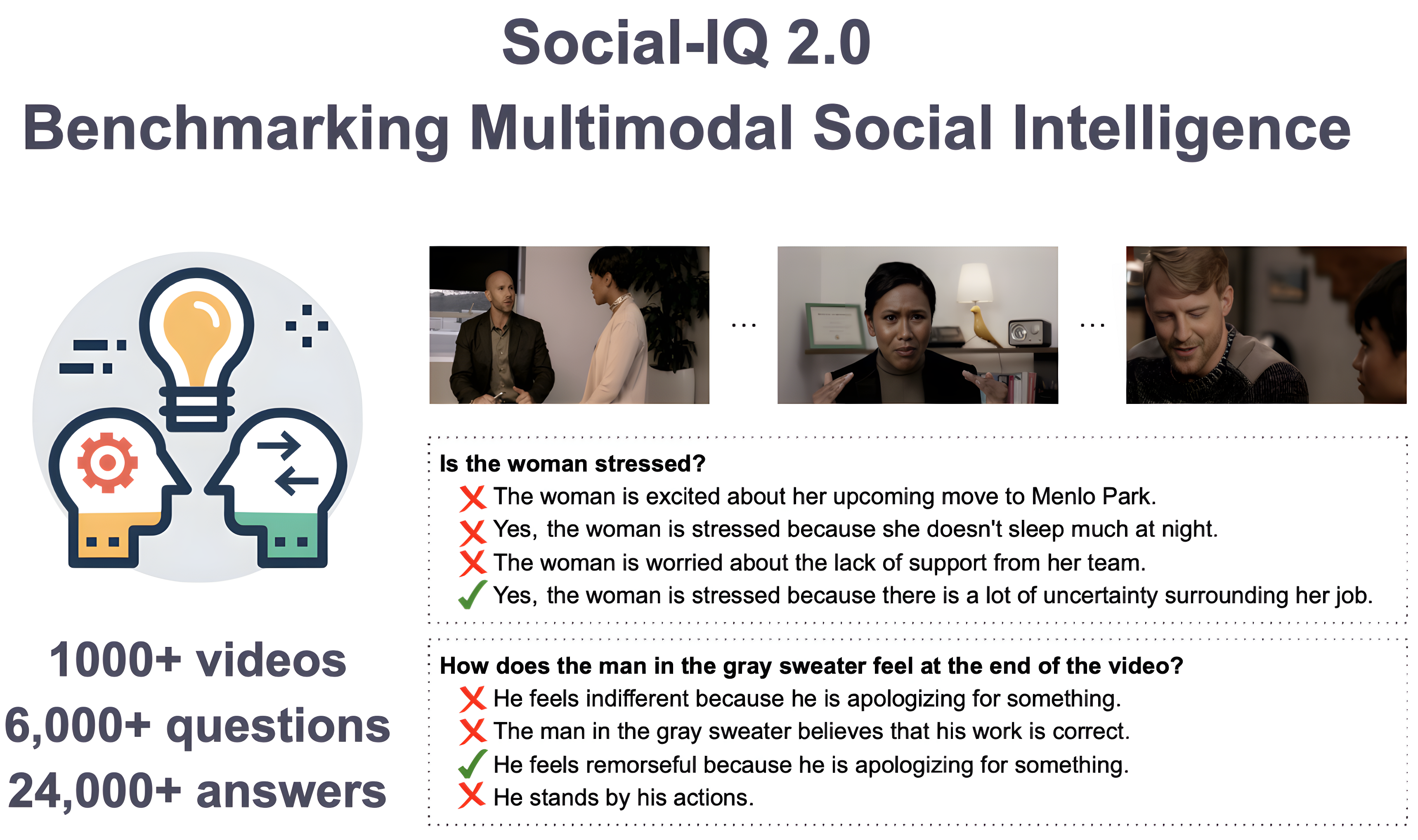Learning by Abstraction: The Neural State Machine
We introduce the Neural State Machine, seeking to bridge the gap between the neural and symbolic views of AI and integrate their complementary strengths for the task of visual reasoning. Given an image, we first predict a probabilistic graph that represents its underlying semantics and serves as a structured world model. Then, we perform sequential reasoning over the graph, iteratively traversing its nodes to answer a given question or draw a new inference. In contrast to most neural architectures that are designed to closely interact with the raw sensory data, our model operates instead in an abstract latent space, by transforming both the visual and linguistic modalities into semantic concept-based representations, thereby achieving enhanced transparency and modularity. We evaluate our model on VQA-CP and GQA, two recent VQA datasets that involve compositionality, multi-step inference and diverse reasoning skills, achieving state-of-the-art results in both cases. We provide further experiments that illustrate the model's strong generalization capacity across multiple dimensions, including novel compositions of concepts, changes in the answer distribution, and unseen linguistic structures, demonstrating the qualities and efficacy of our approach.
PDF Abstract NeurIPS 2019 PDF NeurIPS 2019 Abstract






 Visual Question Answering
Visual Question Answering
 GQA
GQA
 VQA-CP
VQA-CP
